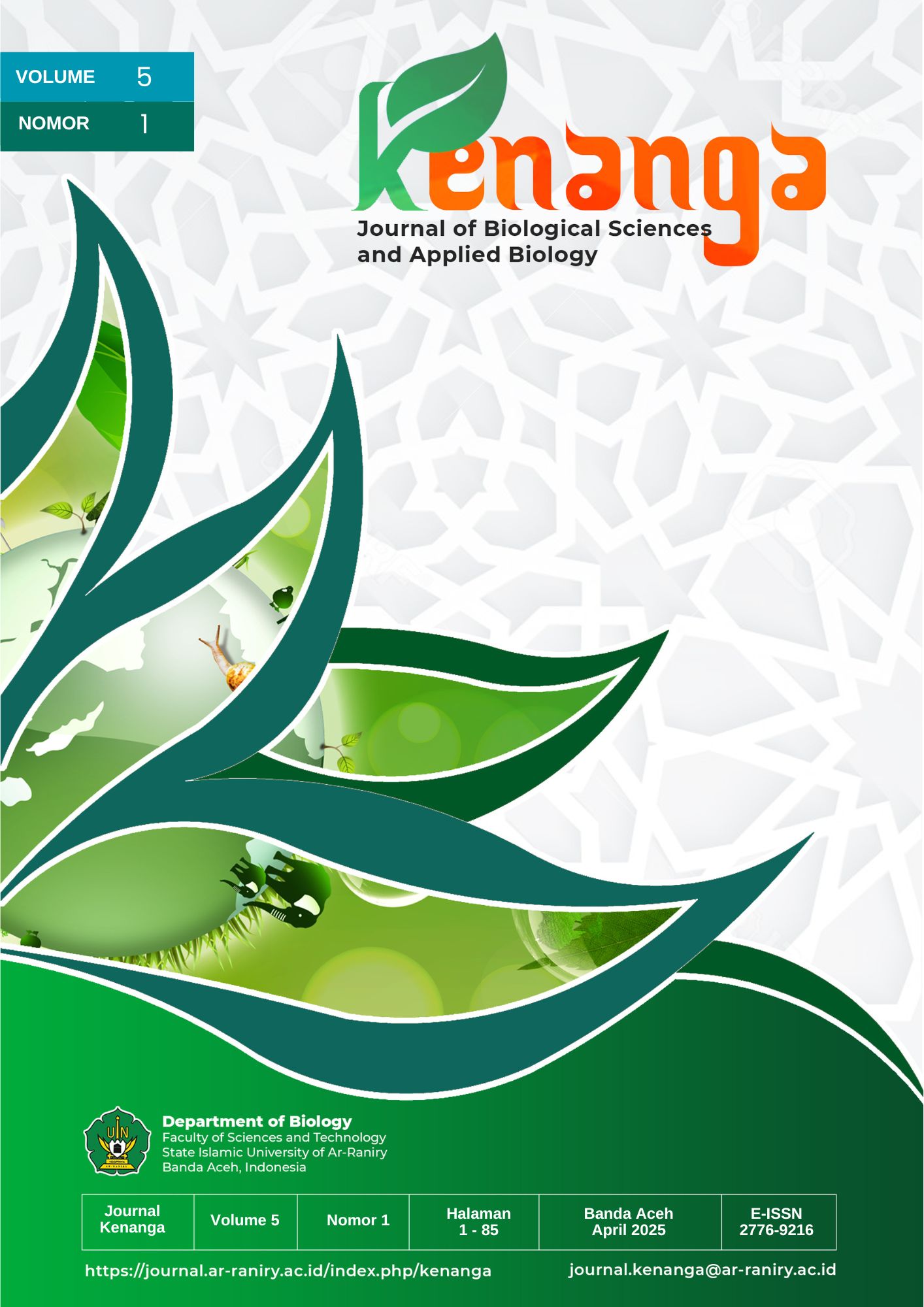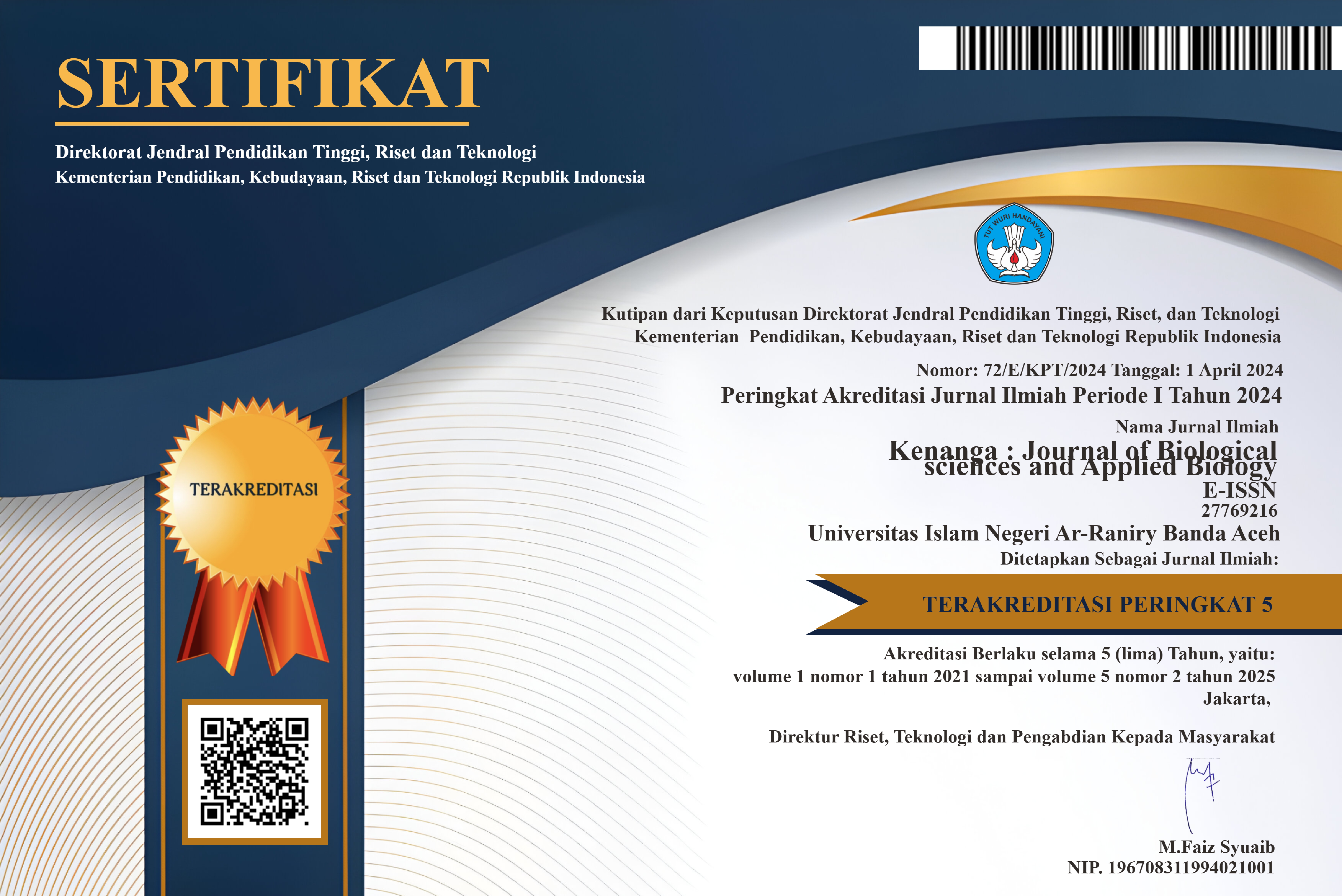KAJIAN KARAKTER MORFOLOGIS LEBAH TANPA SENGAT PADA TUJUH KOLONI DI SIDO MULYO, PUNGGUR, LAMPUNG TENGAH
DOI:
https://doi.org/10.22373/kenanga.v5i1.5983Keywords:
stingless bee, morphological characterAbstract
Stingless bees are an abundant natural resource in various areas of the world. The utilisation of stingless bees is associated with their honey production. Therefore, stingless bees are widely cultivated in the community. The increasing number of cultivators also occurs in Lampung Tengah Regency. However, this increase in the number of cultivators has not been followed by research on the diversity of stingless bees, including based on their morphology. This research was implemented from May to August 2024. Explorative fieldwork was performed in Sido Mulyo, Punggur, Lampung Tengah. According to the findings of the exploration, samples were taken from seven different colonies. The samples were then observed on 11 morphological characters including (1) eyes, (2) forewings, (3) body colour, (4) thorax, (5) abdomen, (6) hammuli, (7) mesonotum, (8) mesoscutetellum, (9) propodeum, (10) hair on posterior hind tibia, and (11) elliptical disc on basitarsus. The observed samples are closest to the characteristics of species in the genus Heterotrigona (samples SK3, SK5, SK6, and SM1) and Tetragonula (samples SK1, SK2, and SK4) on the basis of morphological characters.






















